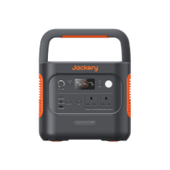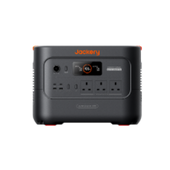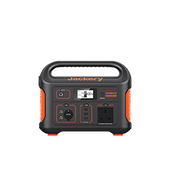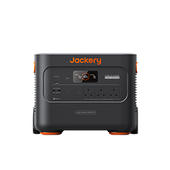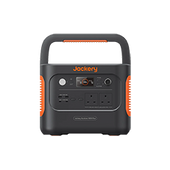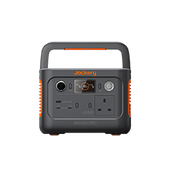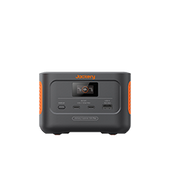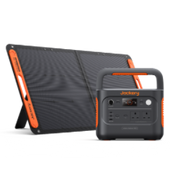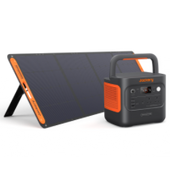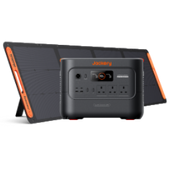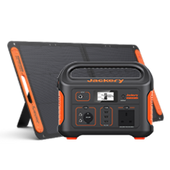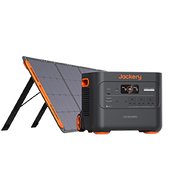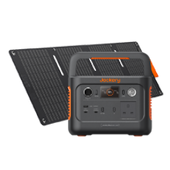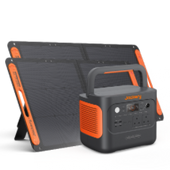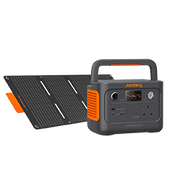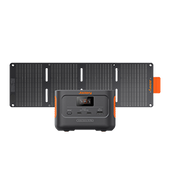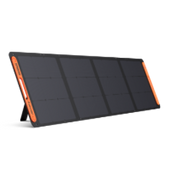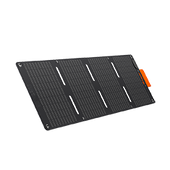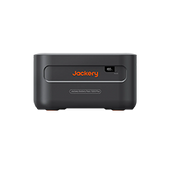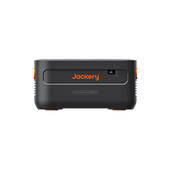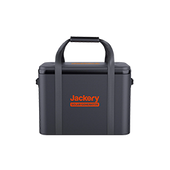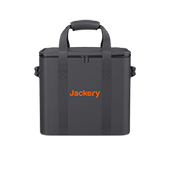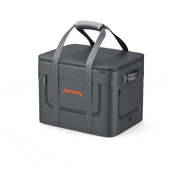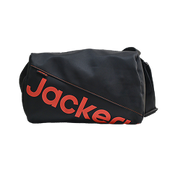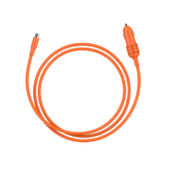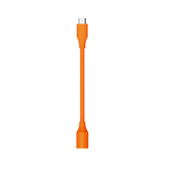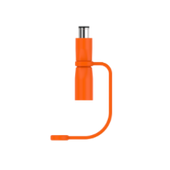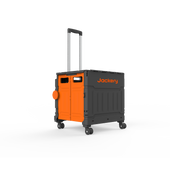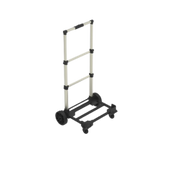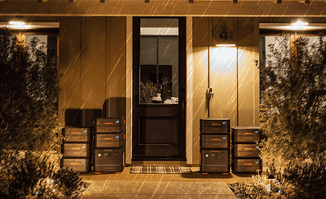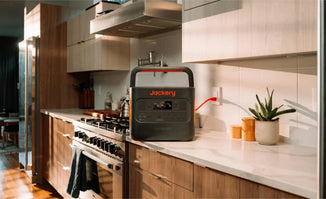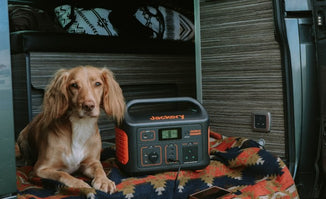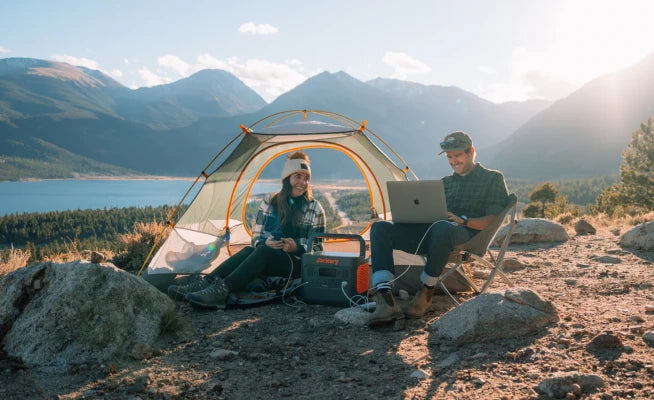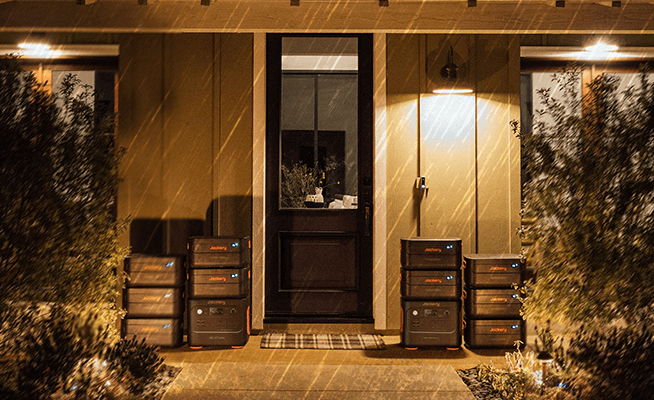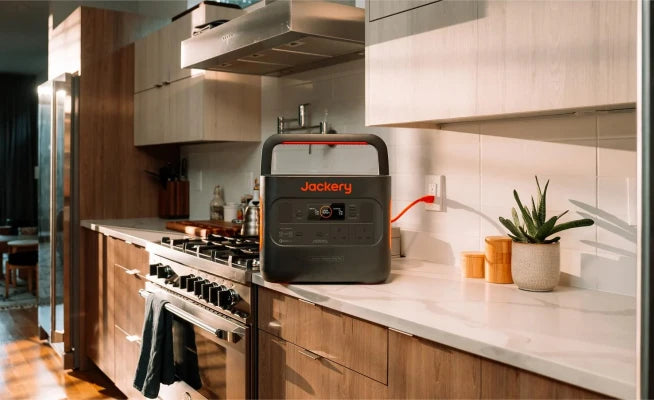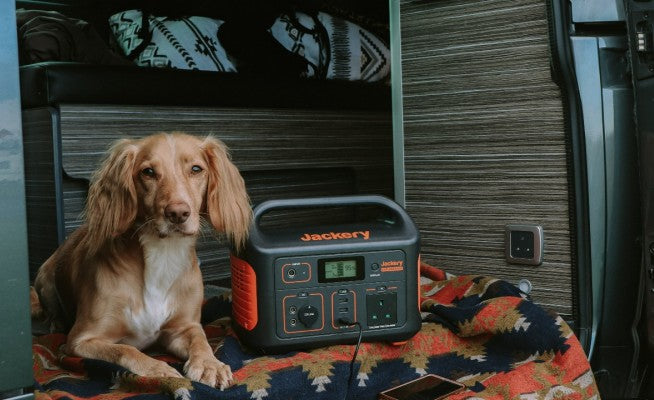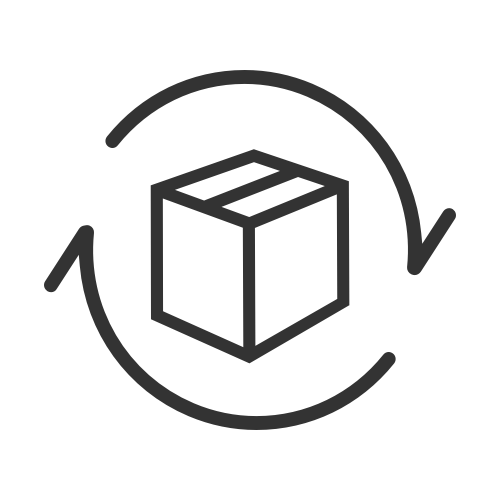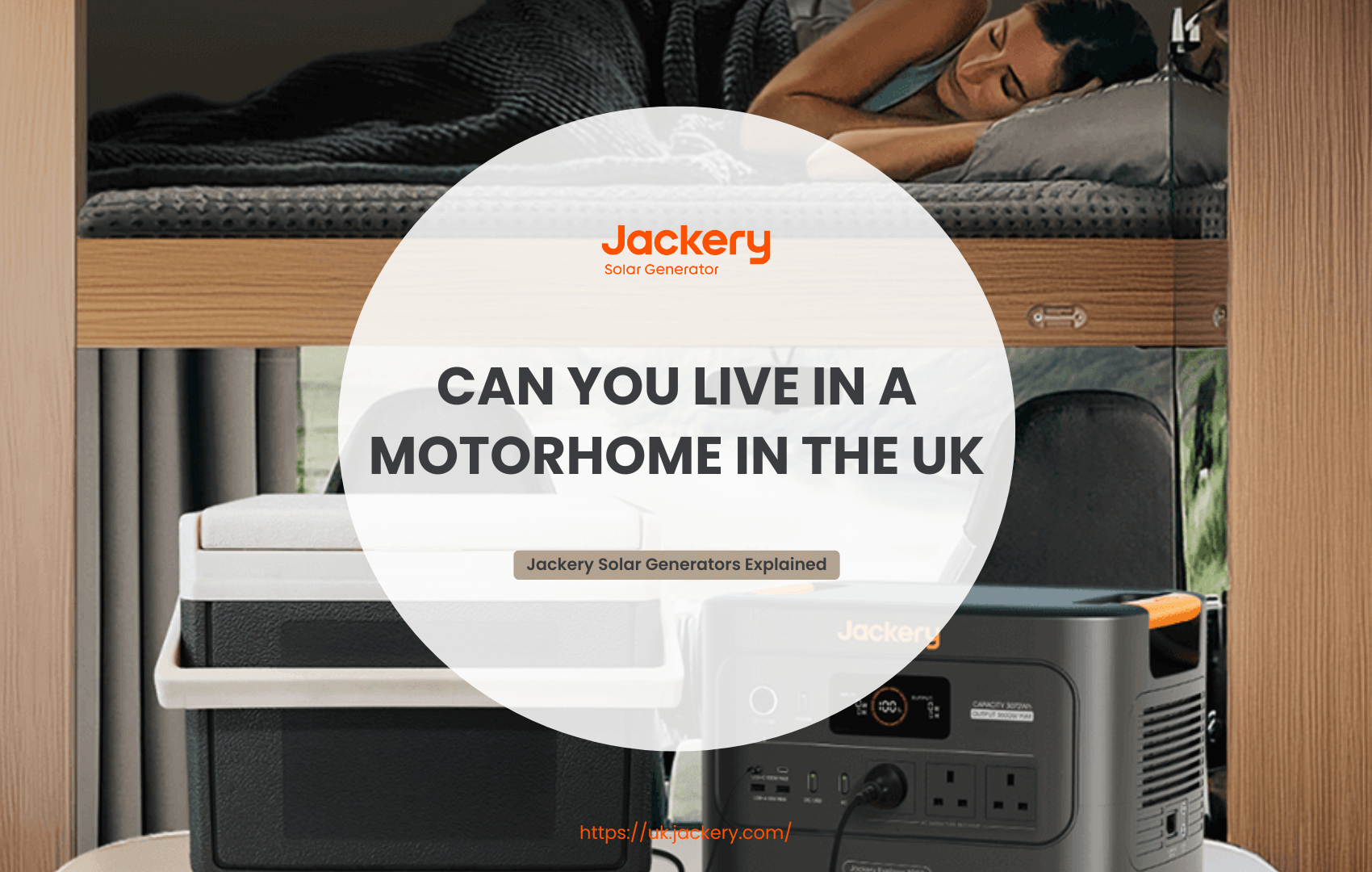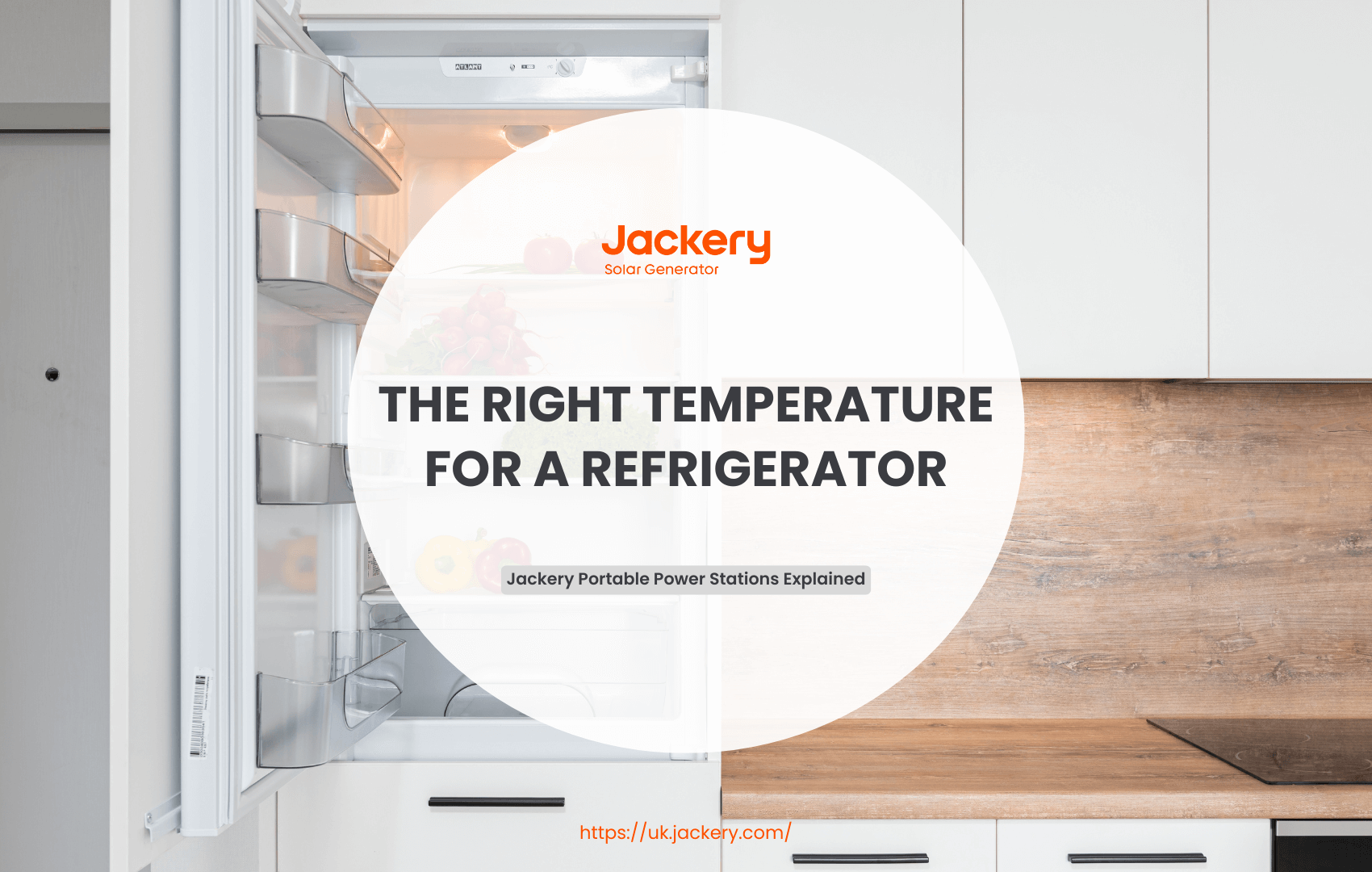The shed is a separate building in your home that can be used for storage and other purposes. However, to upgrade it into a functional space, whether a home office or workshop, you need to add electricity.
But avoid using extension leads to power a shed. Not only are they prone to environmental damage, but they can also get overhead, resulting in fire and safety hazards. Instead, opt for a solar generator for home, such as the Jackery Solar Generator 2000 v2.
This article further walks you through the methods to power a shed and the safety tips to consider. Let's start!
Methods to Power a Shed
If you need to run electricity from the house to the shed, there are multiple methods that you can try, including an Armoured (SWA) Cable, a portable power station, or off-grid solar PV. Let's discuss each with its pros and cons:
Direct Mains Feed via Armoured (SWA) Cable
Typically, armoured cable, also known as SWA cable, is a power and auxiliary control cable. It features copper wiring that acts as the perfect conductor and is used in the main electric supply as well as underground systems. Here's an overview of how you can run an armoured cable to power a shed:
1. Get necessary permissions for electrical work and ensure you comply with building regulations.
2. Isolate the wire and switch off all electrical connections.
3. Make a list of the appliances you intend to use in the shed and add their wattage. Check whether your fuse box or consumer unit has enough capacity to fulfil this requirement without blowing up.
4. Use a measuring tape to estimate the distance from the shed to the fuse box. Leave a few inches extra if you want to adjust the cable in corners or underground.
5. Now, refer to the wattage and length requirements and select the right type and size of SWA cable.
6. Lay the cable carefully. If you want to lay it above the ground, then make sure there's nothing around that may damage the wire. However, for underground connections, it's suggested to have around 500 mm of depth.
7. Connect the armoured cable to the socket and test it.
Pros
● Can easily withstand tough conditions, including weather challenges and impact from underground burial.
● Has a physical barrier that prevents the risk of electrical shocks.
Cons
● Not easy to install.
● Heavy and less flexible.
● Expensive compared to other cables.
Off-Grid Solar PV(fixed) with Battery Storage
Another method of powering a shed is installing an off-grid solar PV battery storage system. This self-sufficient and standalone power generation system uses solar panels to convert sunlight into electricity. The excess power is stored in the battery storage systems and used at night and in low-light conditions.
This option is best suited if your home is at a remote location in the UK with no access to grid power. To install an off-grid solar PV with battery storage to power a shed, consider your energy requirements first.
Choose solar panels, inverters, and battery storage systems that match them. Connect all these components and place a charge controller on the PV system. Finally, UV-rated solar cables are installed and run through the off-grid solar system to the shed to power all the appliances.
Pros
● Emerge independence as you no longer rely on grid energy for daily tasks.
● No electricity bills since solar energy is free.
● Free from fluctuating rates and regulations of the utility companies.
Cons
● High upfront costs may not suit a budget-conscious audience.
● Batteries and other connected components require regular maintenance and even replacement, which can be troublesome.
Fuel-Powered Generator
Fuel-powered generators, such as gas or diesel generators, are also viable to power a shed. Its working is simple. It generates electricity by burning fuel to power an engine that drives the alternator.
This converts mechanical energy into electrical energy. Connect your shed appliances, such as a fan or other tools, to it and get instant power.
Pros
● Reliable backup power during grid outages if sufficient fuels are stored.
● Lower initial cost makes it suitable for people who are tight on budget.
Cons
● Release toxic fumes that negatively impact the environment.
● Loud noise during operation can be quite disturbing.
● Heavier than other options, such as solar generators, making carrying around a tough task.
Portable Solar Generator
A portable solar generator is an incredible method to power a shed. Generally, portable solar generators are a combination of a power station and solar panels. Their work is pretty much like an off-grid solar system, as they also use solar panels to produce electricity.
However, they are more lightweight, so you can take them anywhere around the shed to maximise energy production and meet your power needs.
Setting up a portable solar generator to power a shed is pretty straightforward. Just take it out, adjust the solar panels (the best angle in the UK is 40 degrees from horizontal) to collect solar energy, and connect the shed appliances to the power station. You'll have a green and reliable energy system running in no time.
Pros
● Versatile, works in other applications such as camping and home backup, so it won’t be idle when you leave the shed.
● Quiet operation that doesn't disturb you while you are working in your shed.
● Low maintenance and doesn't need much replacement, which saves you money in the long run.
● Doesn't release harmful fumes, so the shed environment is clean for you and your loved ones.
Cons
● It can be a little costly upfront, depending on your power requirements.

Why are Portable Solar Generators an Ideal Option?
Portable solar generators are an ideal option to power a shed because they use renewable energy. In addition, they are low maintenance and produce no noise while running electricity to a shed. They are lightweight, so you can carry them near your work area in the shed without worrying about weight and safety concerns.
Best Solar Generator to Power a Shed
If you are struggling to find a reliable portable solar power station, Jackery has your back. We offer a wide variety of innovative and certified solar products that are also competitively priced and provide stable power to garden sheds. Need suggestions? Here's the best solar generator you can invest in to ensure an electric supply to garden sheds.
Jackery Solar Generator 2000 v2
Jackery Solar Generator 2000 v2 is a powerful solar product that can power a shed. It has a massive 2042 Wh power capacity and delivers 2200 W output, enough to power almost all your shed appliances, tools, and electronics. On the generator, you'll see 2 AC outlets, 1 USB-A 18W, and 2 USB-C ports (100W + 30W).

This allows you to connect multiple appliances to it without stressing over issues such as voltage issues or overheating. When we look at its structure, it's quite small and compact.
The Jackery Solar Generator 2000 v2 weighs a mere 38.6 lbs and has an advanced EV-grade Cell-to-Body Structure. It offers multiple charging options, including wall, car, and solar charging. There's also an emergency charging (AC) via-app option that powers up the generator in 1.33 hours. As a result, you've consistent access to power in your shed all day long.
Key Features
● Impressive 2042 Wh capacity and 2200 power output to cater to all shed power needs.
● Compact CTB structure and lightweight design, as the generator weighs only 38.6 lbs.
● Reliable LiFePO4 battery that lasts for 4000 charge cycles easily.
● ChargeShield 2.0 technology offers comprehensive protection against all possible issues.
● Operates at ≤30 dB, so you can even keep it near your shed without worrying about the loud hum.
How to Use a Portable Solar Generator to Power a Shed?
Now that you are aware of why a portable solar generator is the right option to power a shed and the best option available, here's how you can use it:
1. Calculating Power Needs
Firstly, calculate your power needs. Take into account the wattage of all the appliances you plan to run on the generator. For instance, you may want to use a solar generator to run lights, workshop equipment like drills, fans, laptops, and a WiFi router.
Once you have a list of all appliances, sum their wattage to get a rough estimate of your energy requirements. Keep at least a 10% to 20% buffer to ensure you don't run out of power and can scale the system whenever you want.
2. Selecting the Right Generator
Next, you should select the right generator. Check the battery capacity of the product you are considering. For example, if your energy needs total around 1500 Wh, you should invest in a system with around 2000 Wh capacity.
Don't go for options featuring lead-acid batteries, as they aren't reliable and also pose safety hazards.
Instead, choose a portable solar generator to provide DIY power to your shed with a LiFePO4 battery. It's durable, safe, and lasts for years. In addition, make sure the generator has multiple outlets, including AC and DC outlets and USB ports, for better versatility.
3. Configuring Solar Panels
It's time to set up and configure your solar panels, whether rigid or flexible. Place them outside in sunlight and adjust the angle based on your location. Connect them to the generator using a compatible cable so the whole system starts working.
4. Setting Up in Your Shed
Place the generator on a raised, dry area near your shed. Connect the appliances directly to the available ports to get instant access to electricity. However, before connecting any high-power appliance to the generator, double-check the power rating.
5. Operation & Maintenance
You can use the solar generator for most things during the day, as sunlight is plentiful. It's advisable to set up battery storage systems to store additional energy you can use at night to power a shed.
Most importantly, don't let the battery charging go below 30%, as it may reduce its lifespan. Here are some tips that you can follow to further maintain your solar generator in top-notch condition:
● Use soft brushes or lint-free clothes to remove dust and other dirt from solar panels. It's better to use water. Do not use harsh chemicals, as they can damage the panels, impacting their solar conversion efficiency.
● Carefully follow the manufacturer's guidelines for charging and discharging cycles to extend the battery's lifespan.
● Place the generator in a ventilated area to avoid overheating.
● Make sure all the cables and connection points are in good condition. If there's anything damaged, fix or replace it right away for maximum performance and safety. It's said that faulty electrical equipment and sockets result in about 70 deaths and 350,000 injuries annually in UK homes.
Safety Tips During Installation
To avoid any unfortunate incident while installing a solar system to power a shed, you must follow these given tips:
● Wear your safety gear, including safety glasses, gloves, and shoes.
● Turn off the main electrical supply before working with any electrical components to avoid getting electrocuted. Also, only use insulated tools.
● Don't connect solar panels to the generator until all connections are in place to prevent electric shocks and short circuits.
● Only use cables that are rated for your system. Relying on any thin or damaged cable is a serious safety threat.
● Be mindful of your generator's wattage, and don't connect appliances that exceed this rating. Otherwise, the system can shut down or cause severe overheating.
● Secure the solar panels properly using mounts and brackets on a stable surface. This reduces the risk of them flying away and getting damaged during windy weather, which is quite common in the UK.
Conclusion
It's essential to provide stable power to a garden shed to transform it from an extra space to a functional building where you can take your creativity to the next level. Wondering where you can get top-quality solar generators for a shed that are reliable, efficient, and cost-effective? Jackery is your one-stop shop.
We have a huge range of solar products, including solar generators, power stations, and solar panels, that can cater to all your energy needs. Get in touch today and make your shed living sustainable!


